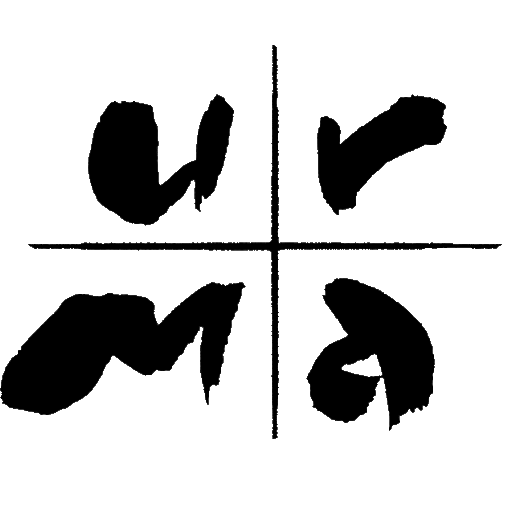A fundamental value in journalism is that the newest thing is by definition the most important thing. In science, by contrast, the newest thing is almost always the least important thing, or close to it: Science is an unfinished edifice to which scientists keep adding small bricks one at a time. And unlike cement bricks, these bricks of knowledge are the most tentative, since new results often go away on closer examination.
If astronomists find the largest black hole ever, it’s of minimal interest to the scientists – but it’s exactly what news editors will want to talk about. It’s even worse in medicine. Whether or not the black hole even exists won’t change anyone’s life, but a compound that cured something sorta like Alzheimer’s disease (but not really the same) in a mouse raises hopes in millions of people, and gets the editor’s attention, even though it probably won’t work in humans.
Michael Lemonick talks about how journalists struggle with this conundrum, and how we (sometimes) rise above it. Michael D. Lemonick is a journalist, author and educator. He spent more than 20 years on the staff of Time, where he wrote more than 50 cover stories about virtually every area of science.
He is now an editor at Scientific American and has written as a freelancer for National Geographic, Scientific American, Wired, Smithsonian, Discover, New Scientist, the New Yorker website and more. Lemonick is the author of six books, and teaches science journalism at Princeton. Lemonick presented at the annual gathering of the University Research Magazine Association hosted by the University of Wisconsin-Milwaukee in 2016.

